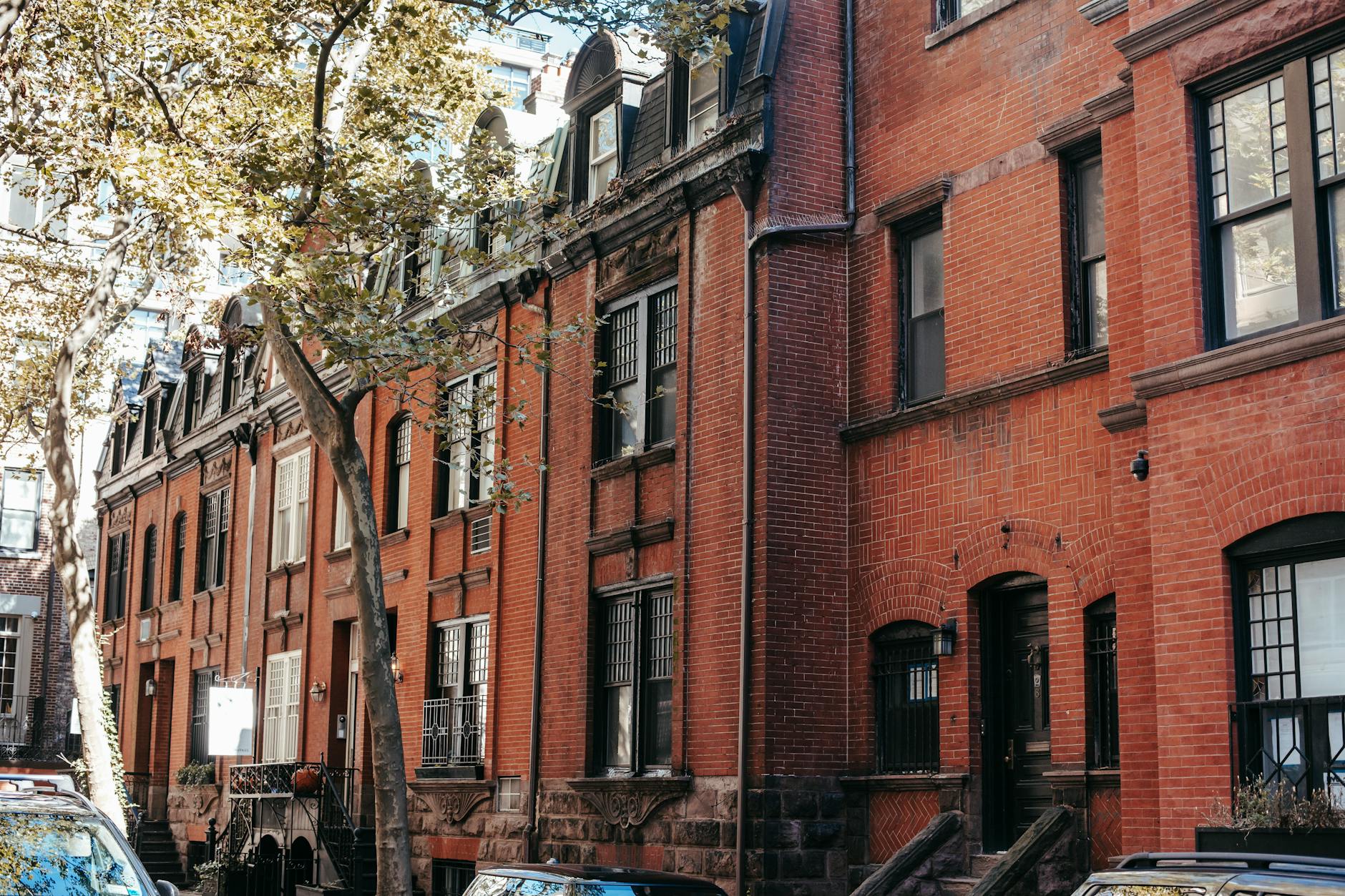What Makes Australia a Hub for Retrofication of Used Vehicles

Rise of Retrofication
Historical Roots
In the world of automotive efficiency, one fascinating trend that's captured the attention of many is retrofication. This movement has deep roots in automobile history, reimagining and updating classic cars for contemporary use. While some may see it as a nostalgic nod to the past, it represents a growing commitment to sustainability and innovative problem-solving. The appeal lies in combining the elegance of iconic designs with the advantages of modern technology.
Key Trends Driving Change
Several trends are fuelling the rise of retrofication today. The increasing demand for eco-friendly solutions plays a substantial role, especially as consumers become more environmentally conscious. Used vehicles, like a used Hyundai, are experiencing renewed interest as individuals seek classic styles coupled with improvements in efficiency. Another contributing factor is the technological advancement in parts and materials, making it easier to retrofit older models to meet modern emission standards. Beyond individual interest, partnerships with local institutions, such as RMIT University's Advanced Manufacturing Precinct, are enhancing these upgrades.
Influencers and Innovators
Prominent figures in the automotive industry and at automotive expos held at venues like the Melbourne Convention and Exhibition Centre are championing this movement. Innovators are leading a shift in perception, showing that driving a used Kia or a used Mazda is not just an eco-conscious choice but a savvy investment in sustainable mobility. By showcasing successful retrofication examples, these leaders inspire further adoption and development, pushing the boundaries of what's possible in the realm of automotive efficiency.
Environmental Benefits
Reducing Carbon Footprint
As we navigate the realm of automotive sustainability, embracing used vehicles presents a viable path to reducing our carbon footprint. Melbourne, especially near the vibrant discussions at the Melbourne Convention and Exhibition Centre, has seen a surge in demand for eco-friendly options, including the used Subaru. Opting for such vehicles significantly cuts down on emissions associated with new car production. Beyond individual choices, this trend supports broader climate goals by lowering overall carbon emissions through reduced manufacturing demand.
Resource Conservation
The utilisation of pre-owned vehicles notably aids in resource conservation. By purchasing a 2nd hand Ford Ranger, you actively contribute to diminishing the need for raw materials essential for manufacturing new vehicles. The Australian automotive sector, mirroring global shifts, shows promising trends in this direction. This approach also lessens the environmental strain from extracting and processing new materials, promoting a circular economy where resources are reused rather than disposed of.
Lifecycle Emissions Impact
Assessing the full lifecycle emissions of vehicles reveals tangible environmental benefits when opting for pre-owned models. The carbon footprint of second hand cars Sydney, for instance, tends to be lower over its extended lifecycle compared to a freshly manufactured alternative. The Australian Automotive Research Centre in Anglesea continues to spotlight these benefits, urging for heightened awareness on how such choices influence emissions. By understanding and acting on these insights, we can empower the sector's shift towards sustainable mobility solutions.
The Australian Scene
Regulatory Environment
Australia's regulatory landscape plays a pivotal role in shaping the automotive industry, particularly with advancements in sustainability. Regulations are increasingly being formulated to reduce emissions and encourage eco-friendly practices. For instance, the Australian government has implemented policies to promote the adoption of low-emission vehicles, offering incentives for both new and used Mitsubishi models. By encouraging manufacturers to comply with stringent emissions standards, these regulations aim to create a cleaner, more sustainable future.
Cultural and Social Factors
Beyond regulations, cultural and social expectations are steering the automotive scene towards more sustainable practices. Australians are progressively valuing eco-friendly transportation options. This shift reflects a broader societal commitment to environmental stewardship and drives the demand for used eco-friendly vehicles. In Melbourne, for example, the potential for transformative collaborations in sustainability is emphasized at venues like the Melbourne Convention and Exhibition Centre during automotive expos.
Local Collaborations
Collaboration among research institutions, automotive companies, and government agencies is flourishing in Australia. Venues such as RMIT University's Advanced Manufacturing Precinct are central to these pioneering efforts. They spearhead innovative problem-solving approaches, advancing vehicle retrofitting techniques. The Australian Automotive Research Centre in Anglesea is another hub for breakthroughs that seek to make cars more efficient and eco-friendly. These partnerships help drive the local market towards sustainable options, such as the used Ford models, which offer practicality without compromising environmental values.
Technical Innovations
Exploring the realm of technical innovations in the automotive sector reveals a dynamic landscape of retrofication models, hybrid, and electric upgrades, as well as customization tailored for performance. Among the top choices in Australia, Toyota second hand cars Sydney vehicles stand out for their compatibility with various sustainable modifications. Emphasising the incorporation of hybrid engines into these reliable frameworks is a focus here at the RMIT University's Advanced Manufacturing Precinct.
Moreover, the ongoing transformation of 2nd hand Hyundai i30 cars into efficient, eco-friendly machines has piqued the interest of engineers involved in renewable energy. This trend aligns with the industry's drive toward reducing environmental impact, as seen in projects often showcased at the Melbourne Convention and Exhibition Centre during automotive expos.
Hybrid and electric upgrades are key components in the technical innovation arena. These transformations not only improve mileage but significantly cut down on tailpipe emissions, aligning with the global push for lower carbon footprints. Many retrofitters are advancing the technology to achieve seamless integration, making them a critical player in sustainable vehicular solutions.
Performance-oriented customization is another crucial aspect of retrofication. Engineers focus on innovations that enhance aerodynamics, thereby increasing overall vehicle efficiency. Such approaches ensure that the market receives not only an eco-friendly driving experience but also maintains a high-performance standard, essential for attracting eco-conscious drivers like Leo Nguyen, who seek both sustainability and reliability in used vehicles.
Overcoming Retrofication Challenges
Infrastructure Limitations
In Melbourne, bridging infrastructure gaps for retrofitted vehicles is a pressing challenge. While we see a surge in hybrid and electric upgrades, charging stations remain sparse, particularly in suburban locales. To circumvent this, I advocate partnerships between electric vehicle manufacturers and local councils, focusing on expanding the charging network. Melbourne's unique position as a hub of innovation is prominently showcased during events at the Melbourne Convention and Exhibition Centre, providing an ideal platform for discussing and tackling these infrastructure constraints.
Technical Proficiency Hurdles
Our region's educational prowess, prominently represented by RMIT University's Advanced Manufacturing Precinct, is a cornerstone in advancing technical expertise. However, a skills deficit still looms. This gap necessitates educational programs tailored towards automotive efficiency innovator roles, arming our engineers with skills needed for sustainable retrofication. Emphasizing practical exposure through collaborations with institutions can foster an environment ripe for innovation.
Market Acceptance and Perception
Market acceptance of retrofitted vehicles, crucially dependent on public perception, needs substantial work. Striking a balance between nostalgia and new-age efficiency remains key. By showcasing successful case studies at the Australian Automotive Research Centre in Anglesea, potential adopters gain confidence seeing tangible benefits. Events there often spark dialogue, propelling market acceptance forward by altering consumer mindset through real-world examples.
Despite the hurdles, proactive measures, informed by our rich tapestry of local expertise and resources, pave the way forward for sustainable retrofication in Australia.


